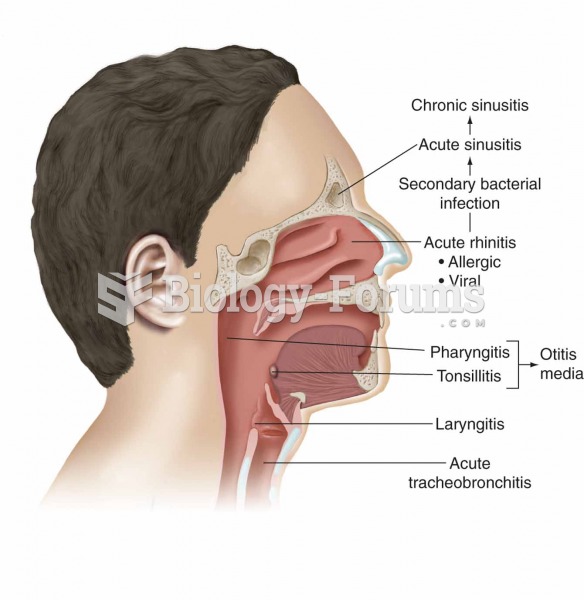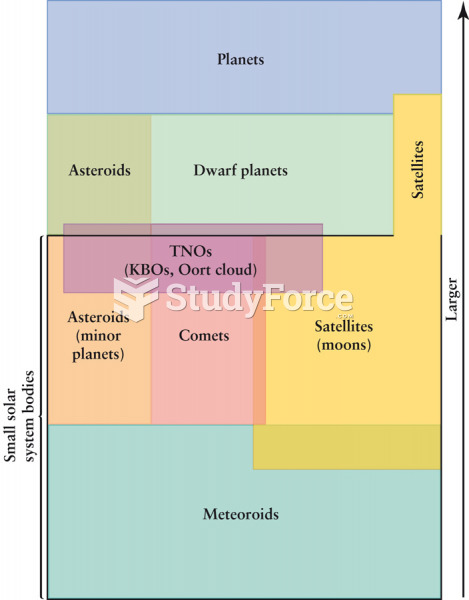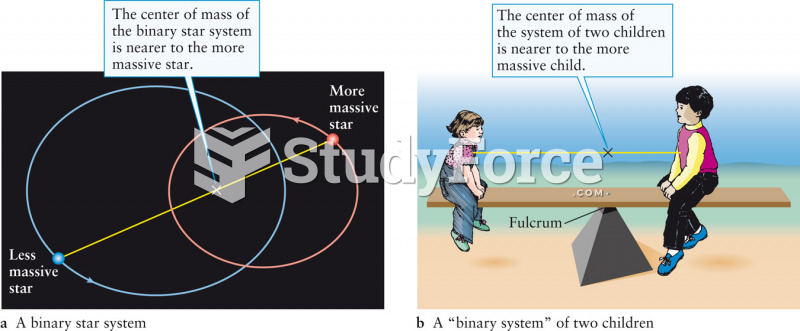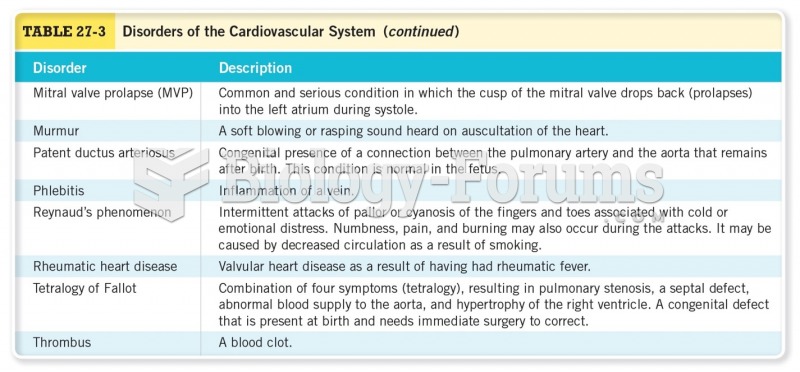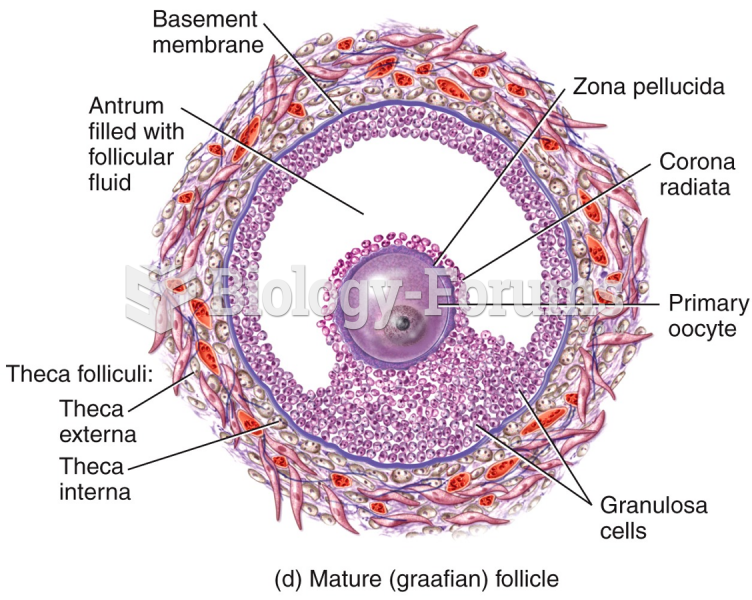Answer to Question 1
Judicial autonomy has contributed to India's democratic survival, and acted as a
check on executive power and a defender of federalism. The Supreme Court in
particular has displayed considerable independence. Its chief justice and 28 justices are
appointed directly by the president of India in consultation with a committee of judges
already on the court, on the basis of legal seniority and reputation, as well as regional
representativeness, rather than because of partisan backing. Though justices can be
removed by parliament with a two-thirds vote for wrongdoing, parliament plays no role
in their initial appointment, which is until the retirement age of 65, not for life as in the
United States. The Supreme Court also entertains public interest litigation launched by
concerned citizens and by organizations that complain of violations of their
constitutional rights.
Answer to Question 2
The East India Company was founded by British merchants in 1600 to
monopolize trade with India, and it made enormous profits selling Indian products, such
as silk and cotton textiles, to Europe as well as (in the nineteenth century) selling Indian
opium to China. The company had always protected its major trading stations at Surat,
Bombay, and Madras with forts and detachments of British and local troops, permitted
by treaties with the Mughals and local rulers. But the company found itself increasingly
forced to enlarge its armies and ambitions in the mid-eighteenth century in order to
defend its commercial interests from the French and from various Indian states in the
unstable environment that followed the decline of the Mughal Empire. The company's
conquest in 1757 of one of the largest and richest of the Mughal successor states,
Bengal, established it as the major military power in India.
Answer to Question 3
India is unified by a national administrative cadre. There was a debate after
independence over whether to abolish the elite national civil service and police forces,
the Indian Civil Service (ICS) and Indian Police (IP), which occupied virtually all the senior
positions at both the federal and state level. Many Congressmen saw these services as
stooges of the British, and as representatives of a colonial style of government that
could not be reformed. However, Congress ultimately decided that these services had to
be kept as a unifying influence, even though the ICS and IP were renamed the Indian
Administrative Service (IAS) and the Indian Police Service (IPS). The higher positions in
each state's police force and civil service must be members of these nationally recruited
forces, who alternate between posts at the center and in the states, and who cannot be
fired by the state governments without the permission of the Indian president. The IAS
is the most elite and prestigious all-India civil service. It is recruited mainly through a
national and very competitive annual examination.


